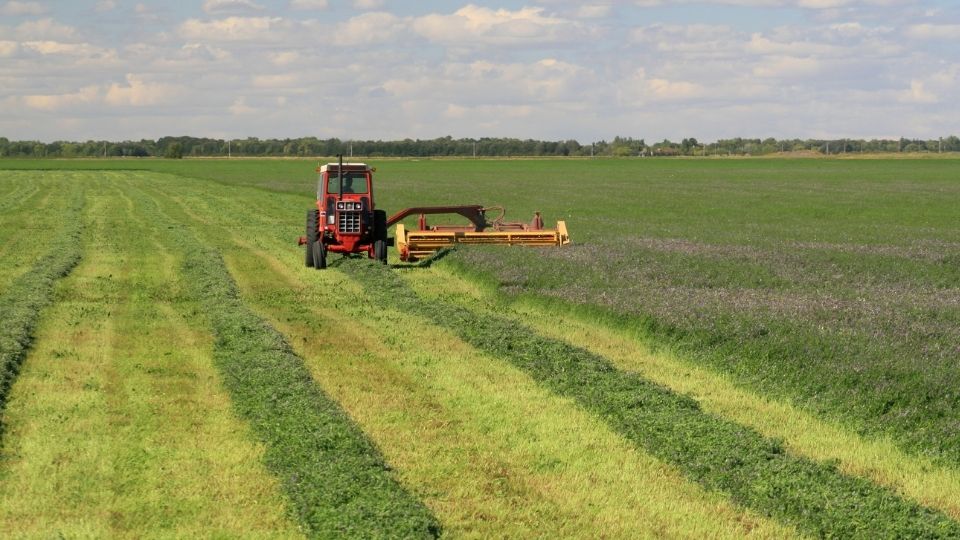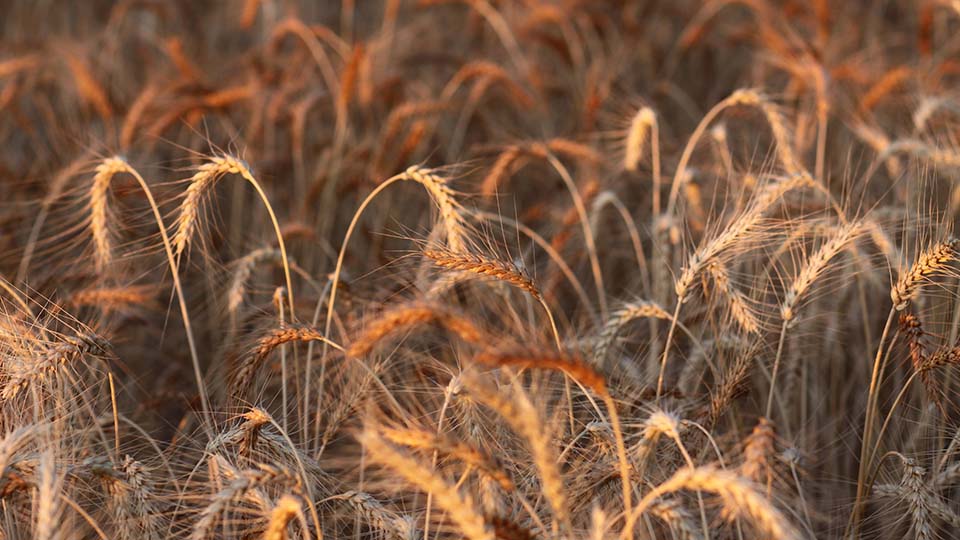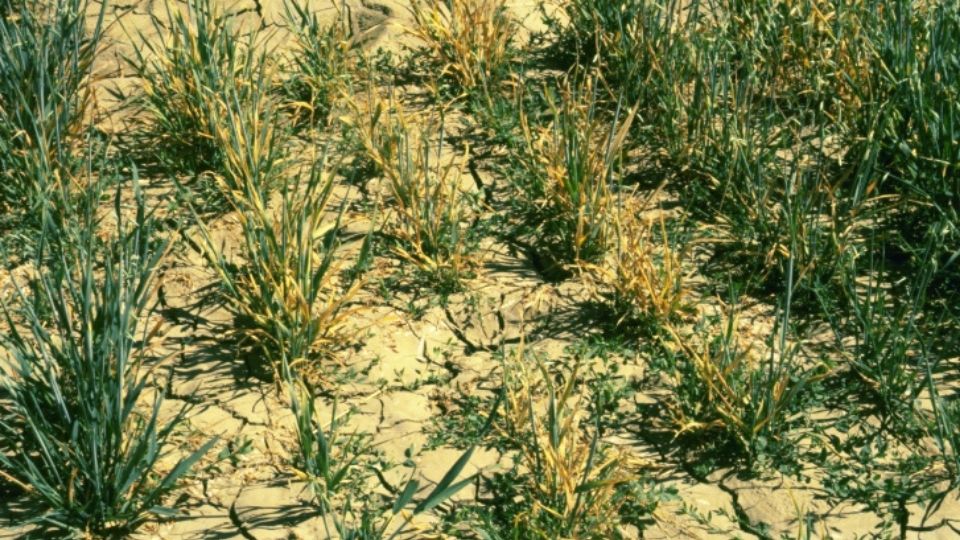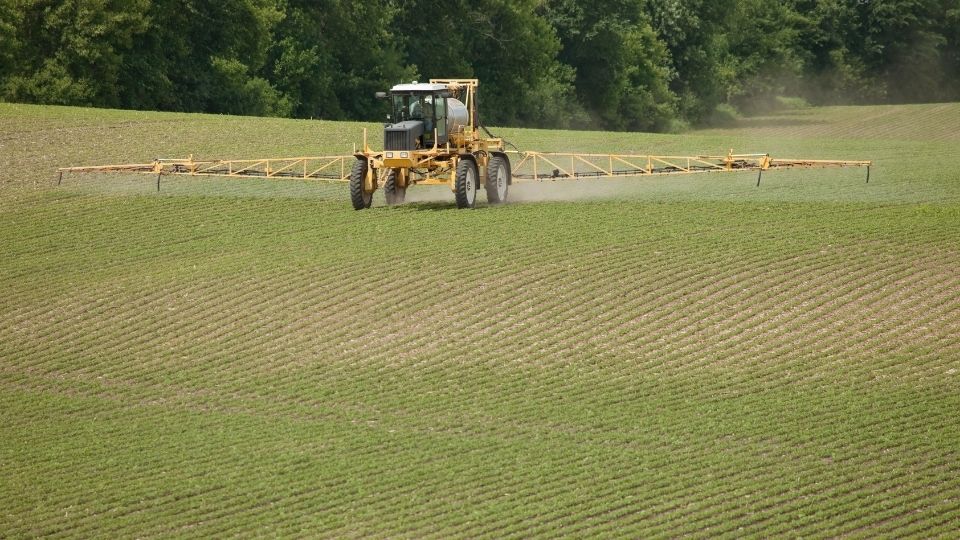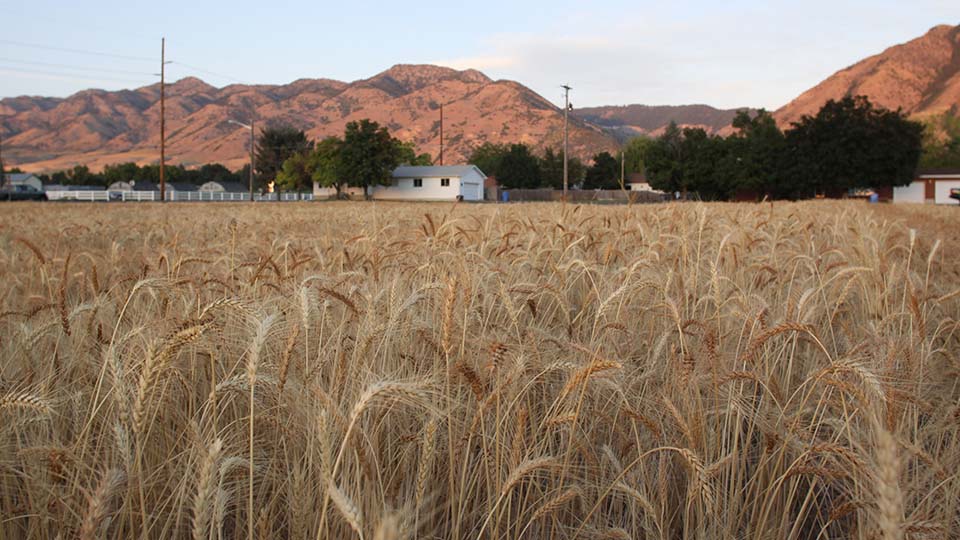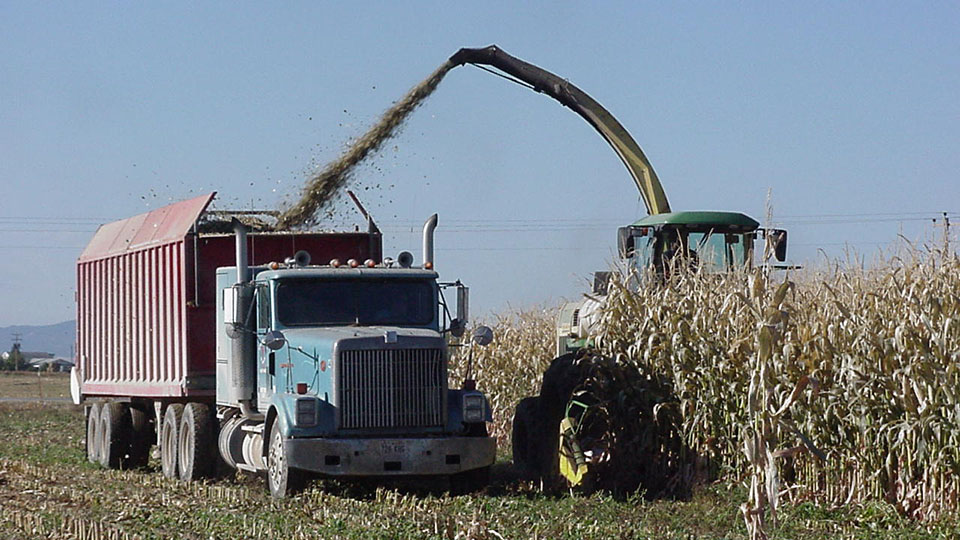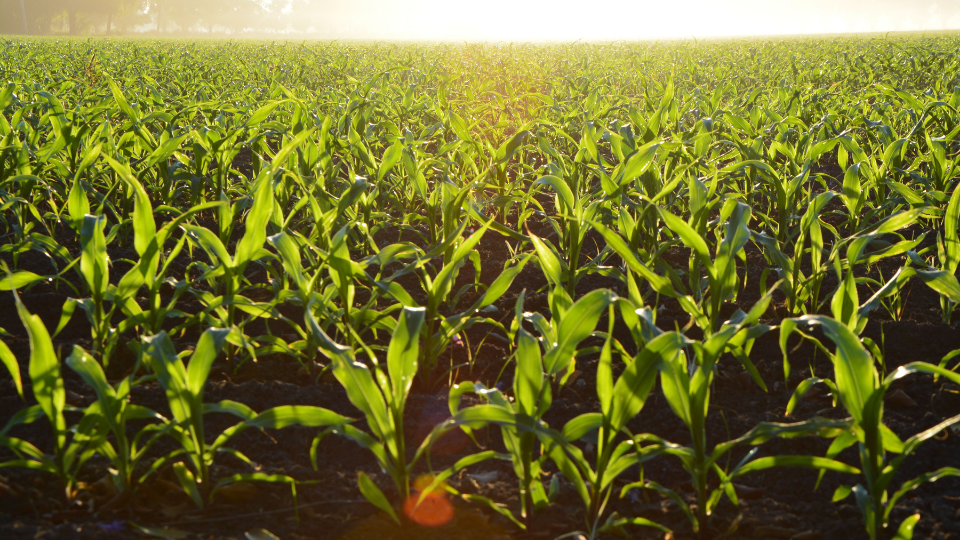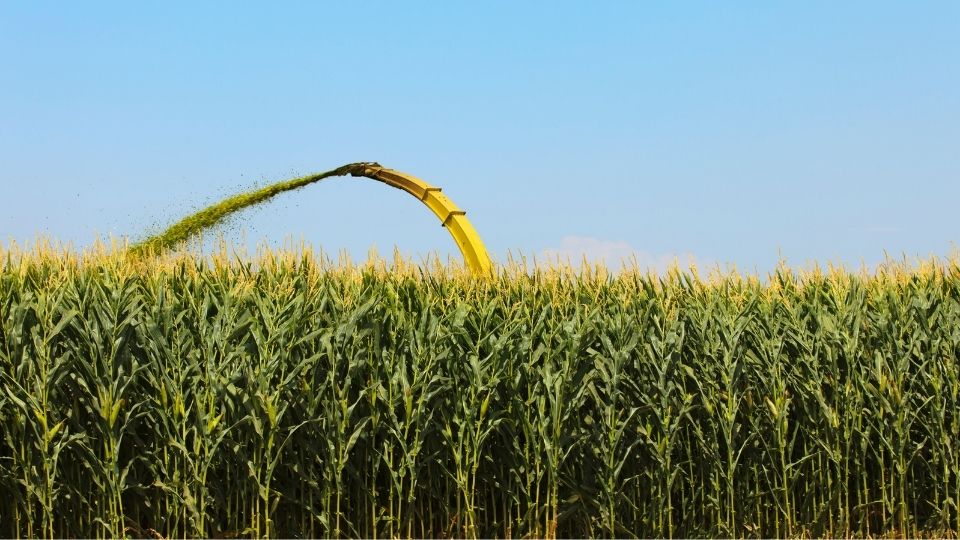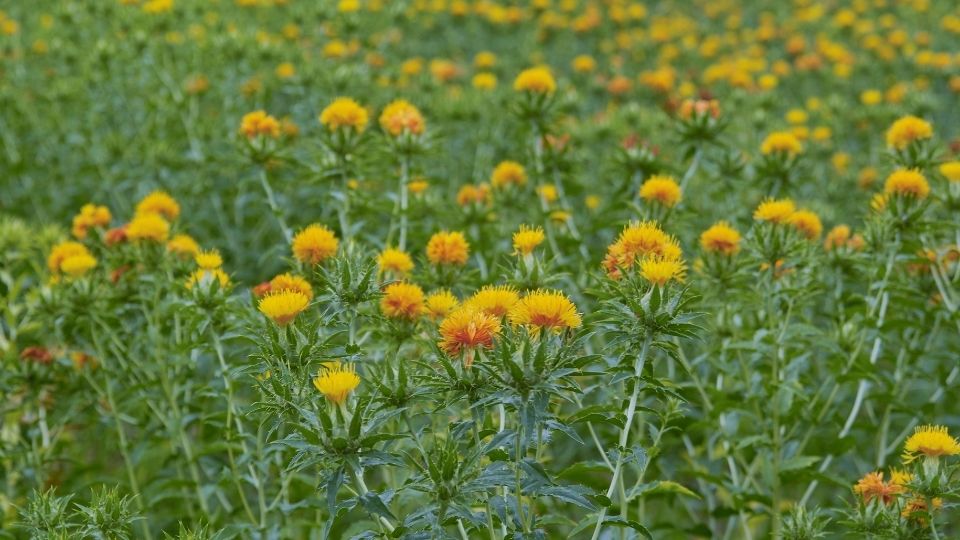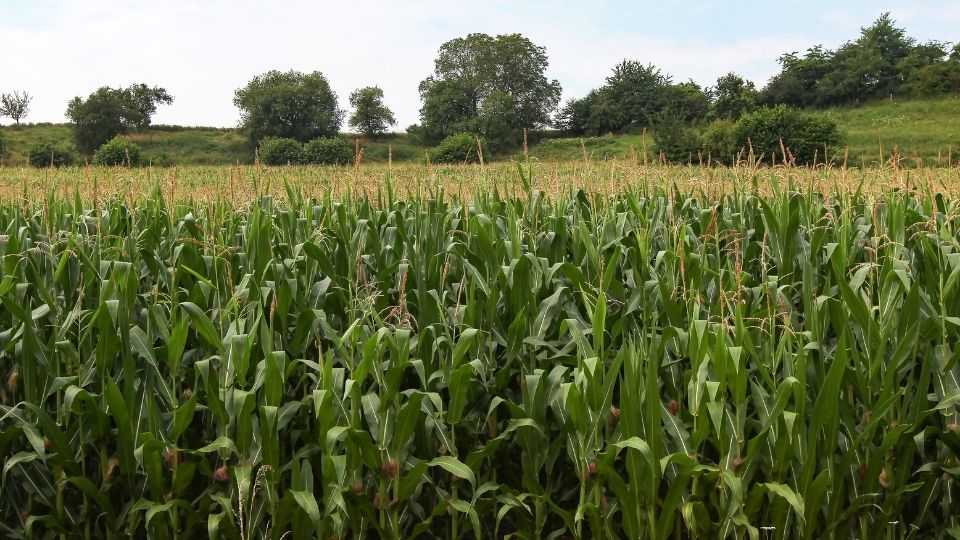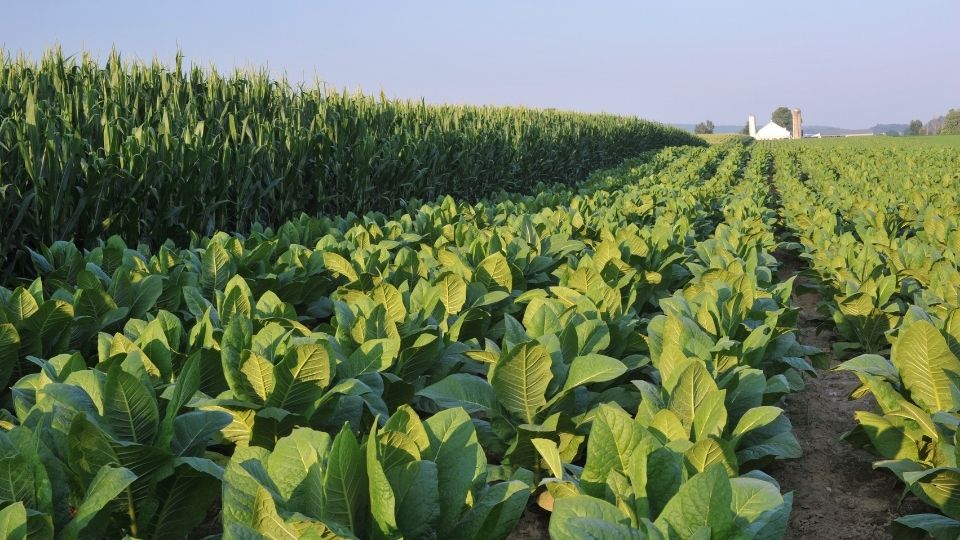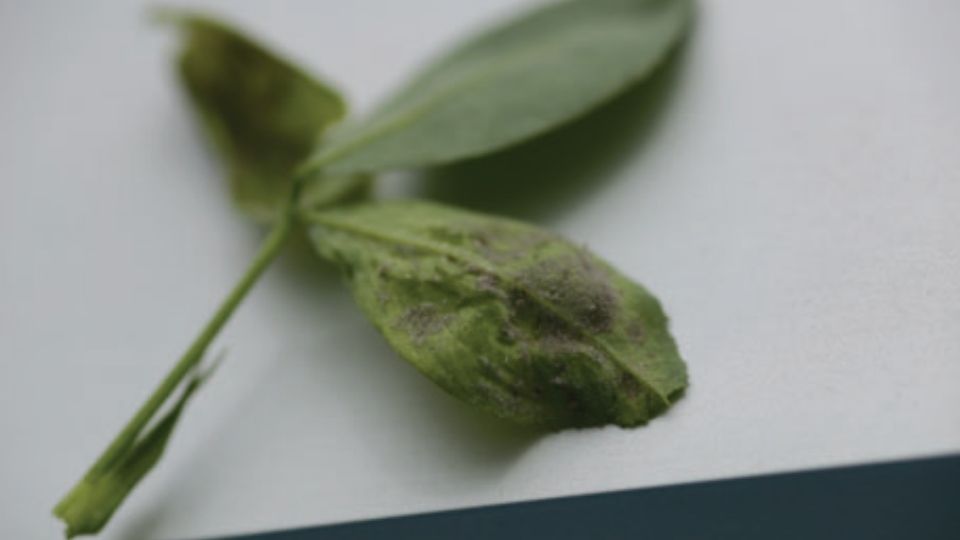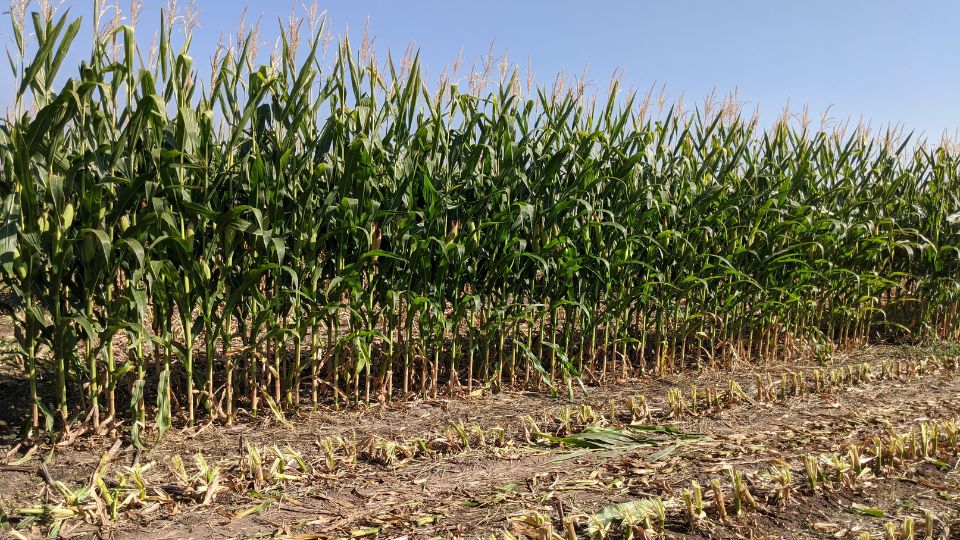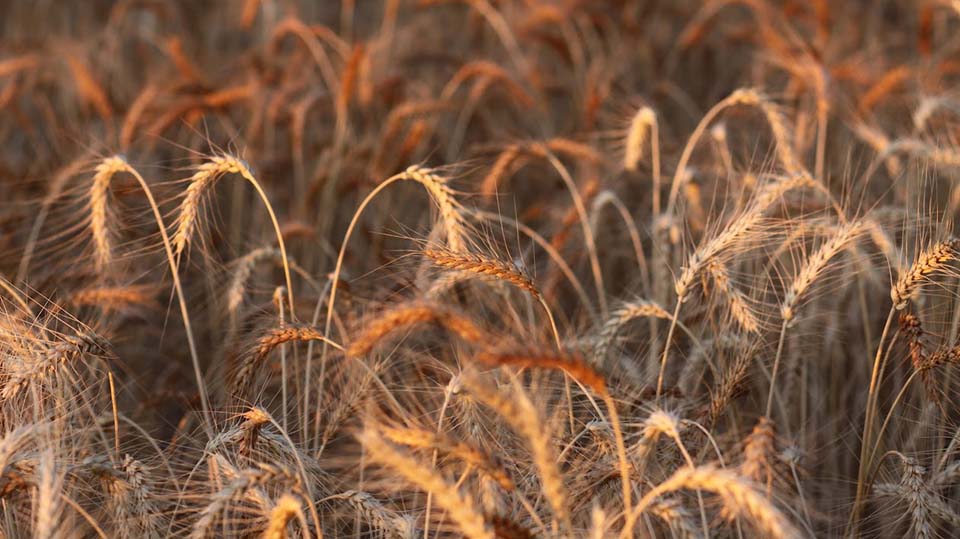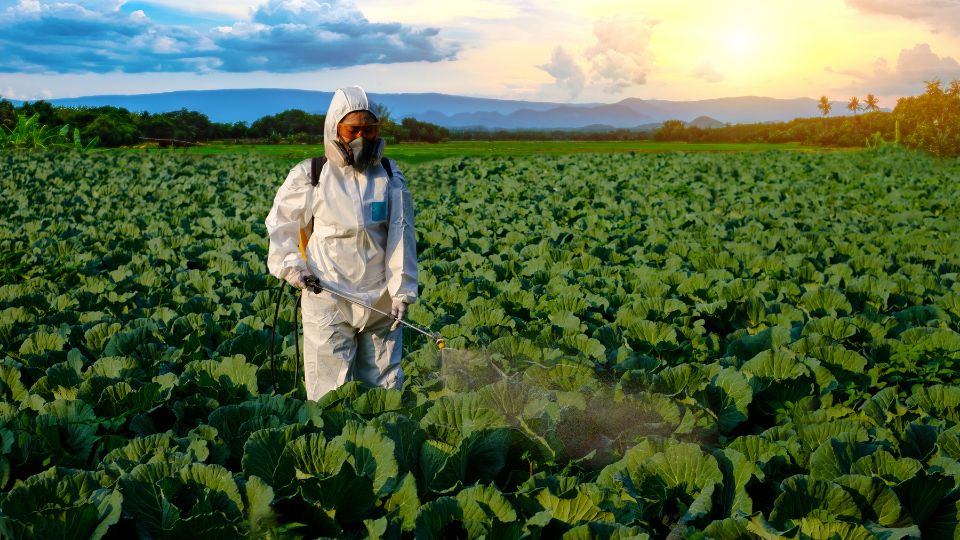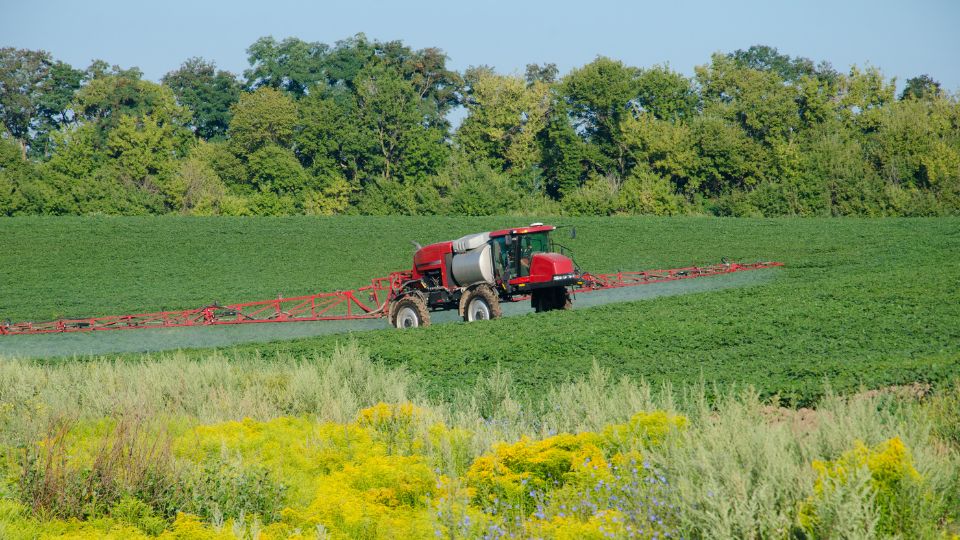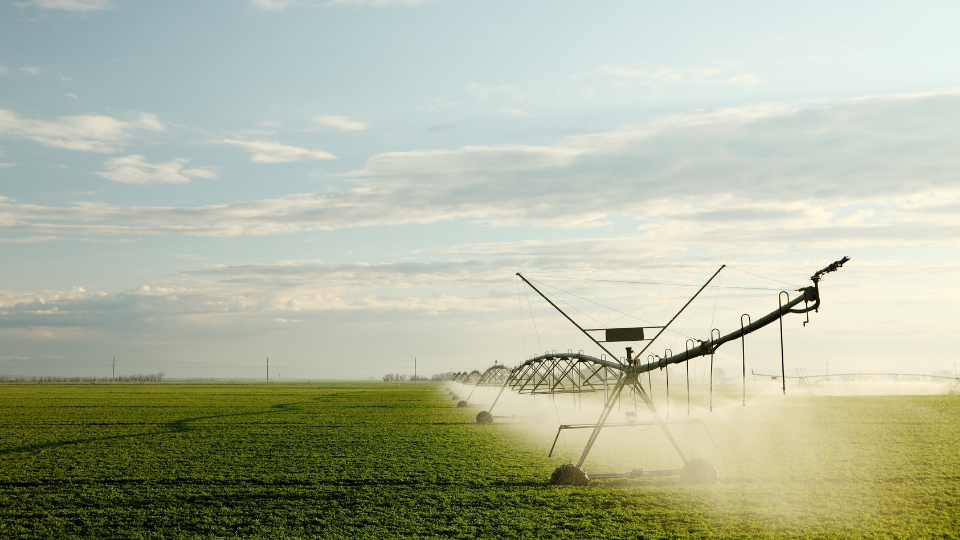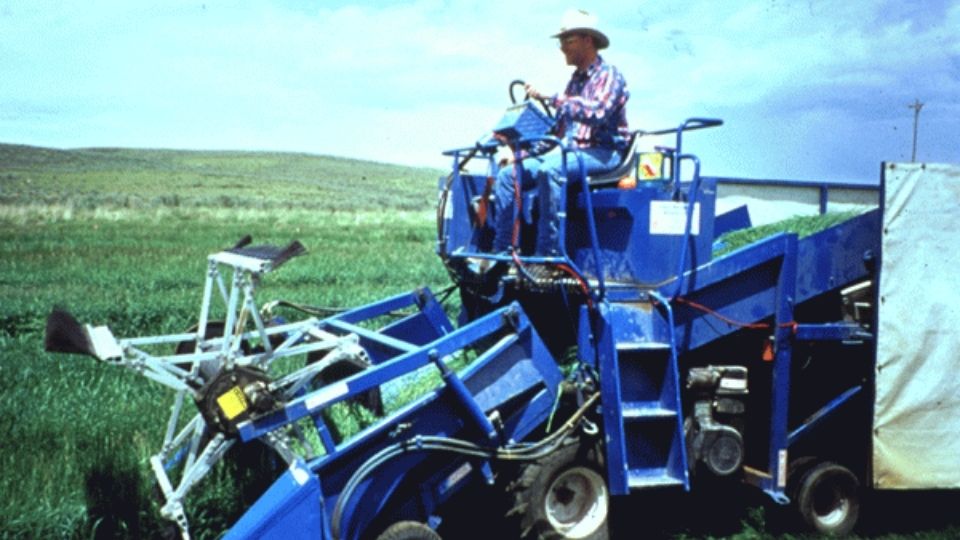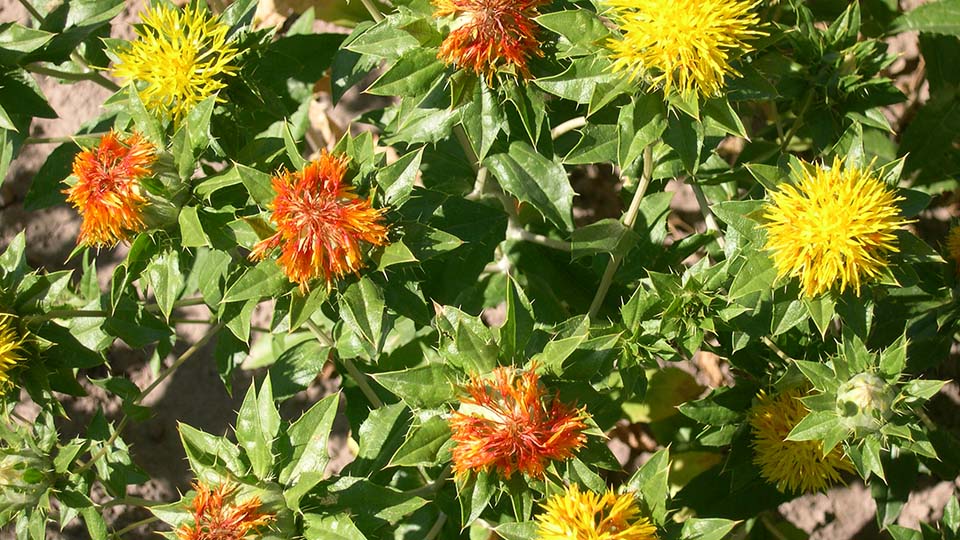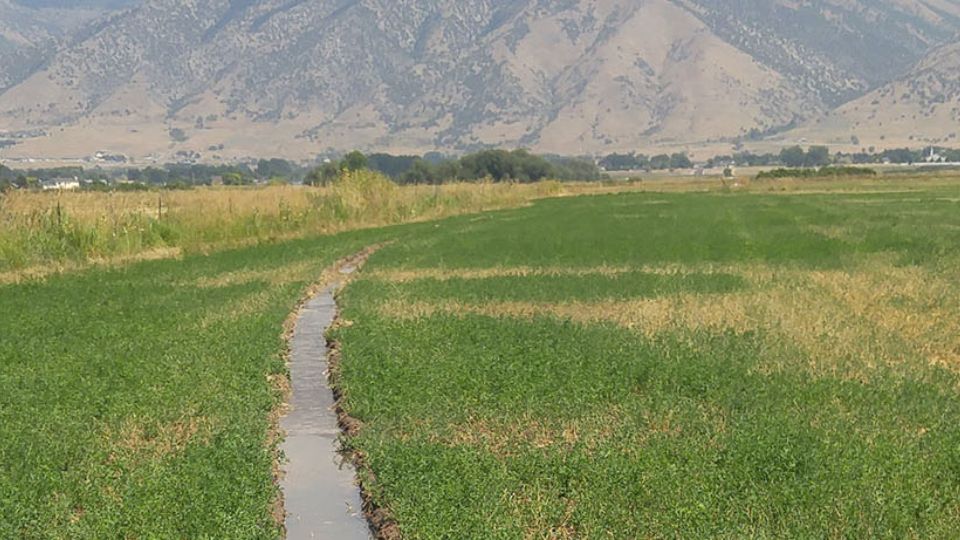Utilizing Growing Degree Days for Corn Production
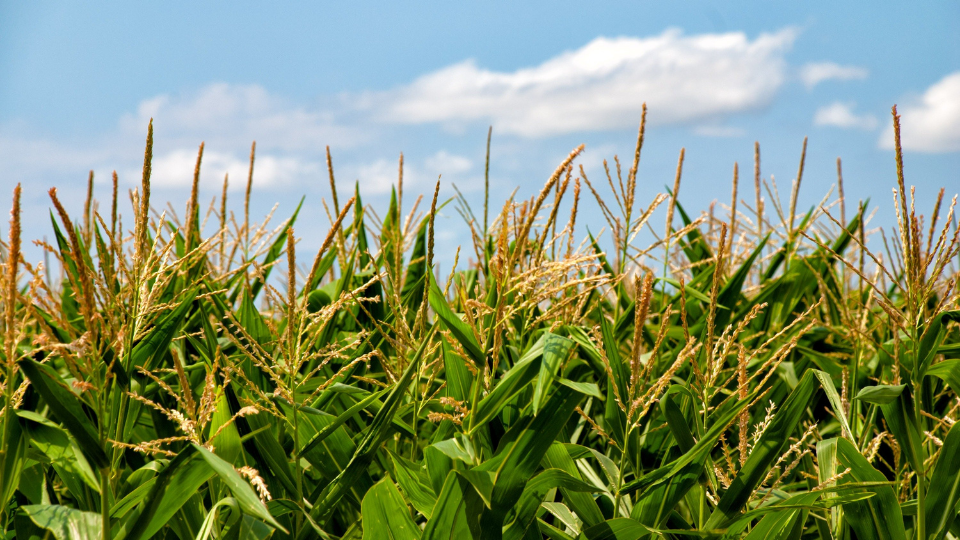
Introduction
When purchasing corn seed, growers need to select a hybrid with the appropriate comparative relative maturity (CRM), or relatively maturity (RM) rating. There is sometimes misunderstanding or confusion about corn RM ratings. It does not indicate the number of calendar days needed to go from seed to mature corn. Much of this confusion stems from the fact that there is no industry standard for RM calculations. “Relative” is the key word. These ratings are performed within each company and the maturity rating is relative to other hybrids in that company. This makes it difficult to compare corn RM among seed companies. Most seed companies also report more reliable maturity ratings based on thermal time. This includes growing degree days (GDD), also known as growing degree units (GDU) or corn heat units (CHU - a version similar to GDU that is mainly used in Canada). The purpose of this fact sheet is to help the reader understand the concepts and formulas in determining GDD.
Heat Units and Growing Degree Days
The growth and development of plants is greatly dependent on the amount of heat in the soil and air. Growing degree days are a measurement of the total number of days needed for a plant to grow by thermal means alone. These units are calculable and most commonly used with corn, but they certainly apply to other crops, too. If a grower can figure the GDD’s of corn, then they can determine whether it should be planted, and if corn is suitable they will have a better idea of when to harvest their crop, rather than depending strictly on RM alone. There are various ways to calculate GDD’s and different base temperatures can be used based on the growth and development pattern of the crop of interest. One of the most common ways is referred to as the modified average method. The formula consists of the daily maximum temperature plus the daily minimum temperature, divided by two (to give the average), and then subtract a base temperature of 50°F. Corn will usually not grow when temperatures drop below 50°F. In a more practical sense, on June 17, 1999, in Logan, Utah, the maximum temperature was 80ºF and the minimum temperature was 51ºF. The GDD units would be calculated as: [(80+51)/2]-50=15.5 GDD units
There are also some restrictions that apply to this formula. If the daily maximum temperature exceeds 86ºF, the maximum temperature in the formula is set at 86. This is because growth generally stops for corn when air temperatures exceed this maximum. For instance, if the maximum temperature of a given day is 92ºF and the minimum temperature is 64ºF then the GDD units would be calculated as follows: [(86+64)/2]-50=25 GDD units
The same principle applies when it comes to minimum temperatures. When the minimum temperature is less than 50ºF, the minimum temperature in the formula is set at 50. For instance, if the daily maximum temperature is 74ºF and the daily minimum temperature is 45ºF, the GDD units would be calculated as such: [(74+50)/2]-50=12 GDD units
Trends in Growing Degree Days
Air temperatures can be obtained from a few different sources. One can, for example, purchase a maximum and minimum temperature thermometer for a relatively inexpensive price. Maximum and minimum temperatures can also be found from weather stations in a region where weather conditions are carefully recorded (climate.usu.edu). Utah State University has accessible weather station information for current and multiple past years that can be used to determine GDDs. Information from one of the Utah State University on-campus weather stations was used to demonstrate annual fluctuations of growing degree days in Cache Valley for 15 years (2003-2017). Daily GDD units were calculated between May 1 to September 30, and each daily unit was added to show a cumulative number for the entire growing season (Figure 1).1
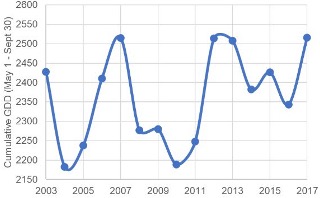
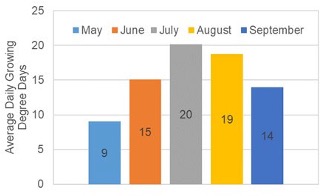

1Due to technological errors at the weather station, an occasional day did not have any temperature data. In order to have data from each day, the average maximum and minimum temperatures were estimated using surrounding days.
In the Cache Valley, cumulative GDD for the growing season averaged 2,364, but it varied by over 330 GDDs each year during 2003-2017 (Figure 1). Growing degree days have also been greater in recent years than during 2008 to 2011. About 18 to 24 GDD accumulate each day on the warmest days in the summer (Figure 2); therefore, 330 GDD variation could result in at least a 2-week difference in corn maturity date from year to year. This highlights the importance of tracking GDD each year. Cumulative GDD over the growing season are important, but the distribution of the accumulation of GDD is also important for proper management and harvest of crops. The distribution of GDD during the last 15 years show that GDD accumulation varies the most in May (192 GDD) and June (166 GDD) and least in July (87 GDD) (Figure 3).
From the data given by Utah State University’s weather station, the average GDD’s for each month, over that 15-year period, was calculated. This was determined by finding the average of the totaled maximum and minimum temperature for the month and then applying the GDD formula.
Other Applications of Growing Degree Days
GDD can be used for more than just predicting crop maturity dates. It is also a great resource for planning where to grow a particular crop, when to plant or till, and when to apply inputs to crops.
Something that GDD’s can also assist with is predicting the life stages of troublesome insects. Insect life spans can be accelerated or slowed by heat units. If air temperatures are elevated in a normally cooler month of the growing season, like May, then some insect larvae can develop faster and be detrimental to the crop earlier than normal. If a grower knows the approximate time, depending on heat units, that an insect will develop, then they could anticipate when to apply the insecticide in order to maximize insect control and minimize crop damage.
The same logic applies to weed growth. Weed development can be accelerated by increased heat units and herbicides or tillage need to be timed accurately with the growth of all crops. Therefore, this will be especially important to crops like corn that can be more effectively sprayed for weeds when weeds are young. Knowing the growing degree days can help narrow down a time that is most economic and practical to control weeds so yield is not reduced and time and money are maximized.
Summary
Calculating growing degree days can help growers in many different aspects of their crop production. Most important will be the selection of the appropriate crop varieties and harvest timing. Rather than relying on a tag to predict when to conduct operations, a grower could monitor and track maximum and minimum air temperatures and calculate the growing degree days with the simple formula provided in the article. Alternatively, existing online GDD calculators could also be utilized to make more informed decisions.
References
Israelsen, Clark. 2017. Calculating Growing Degree Days. Herald Journal, 7 Aug. 2017, www.hjnews.com/logan_hj/calculating- growing-degree-days/article_87d309c5-228d- 5178-b57a-9674cdac3bde.html.
North Dakota Agricultural Weather Network (DAWN). 2019. Corn Growing Degree Days (GDD). ndawn.ndsu.nodak.edu/help-corn- growing-degree-days.html.
USDA – National Agricultural Statistics Service (NASS). 2017. State Agricultural Outlook. www.nass.usda.gov/Quick_Stats/Ag_Overview/stateOverview.php?state=UTAH.
Utah State University. USU Environmental Observatory. weather.usu.edu/.
Revised March 2019 and published to the Web May 2022
Utah State University Extension
Peer-reviewed fact sheet
Authors
Dexton Lake, Matt Yost, and Clark Israelsen
Related Research



